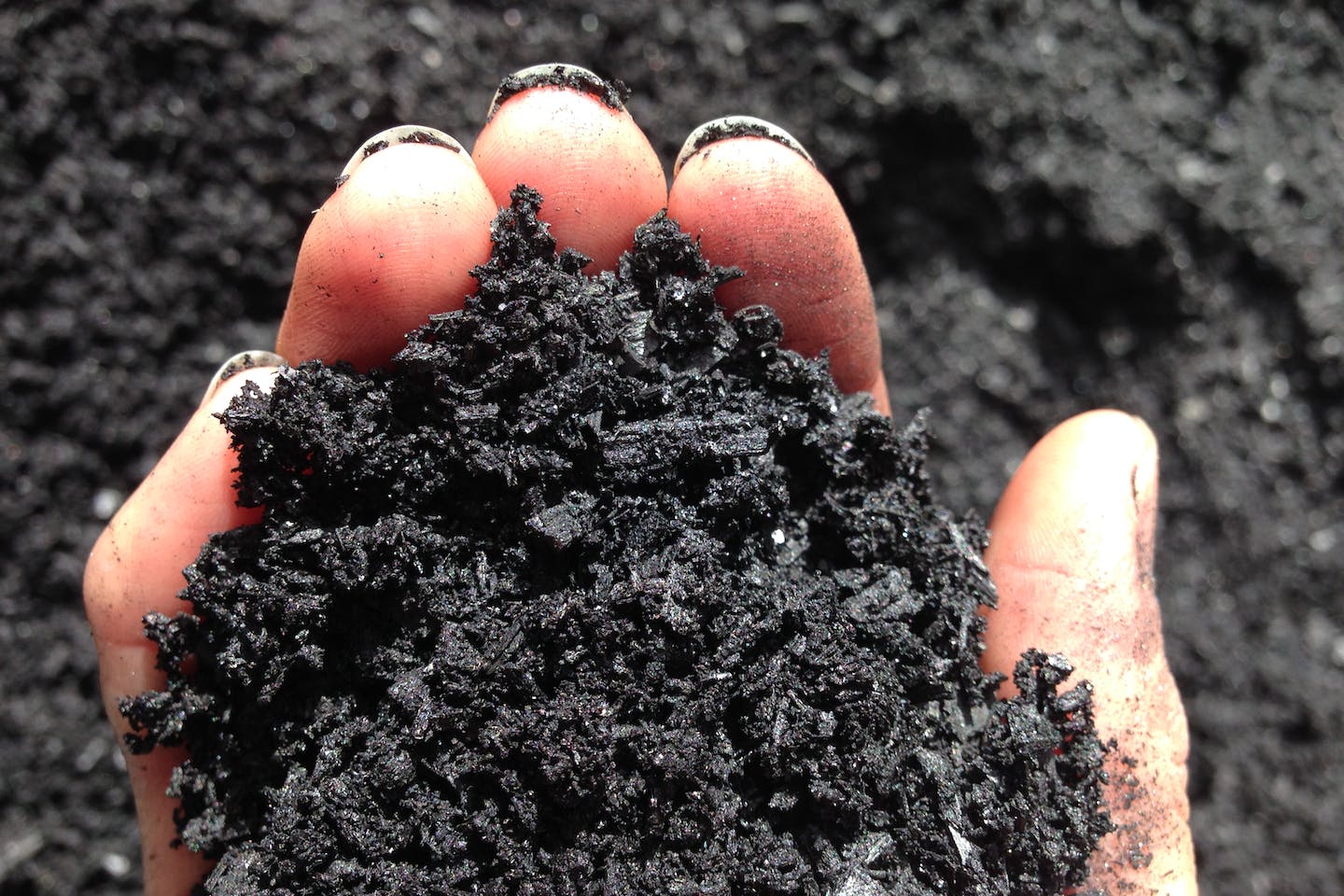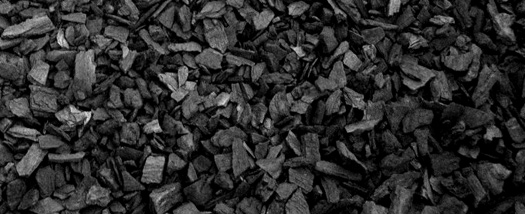In the face of escalating climate change concerns, the imperative to mitigate carbon emissions and pursue carbon-negative solutions has never been more pressing. In this discourse, we delve into the transformative potential of charcoal making from biomass as a means to achieve carbon negativity. From its historical roots to its contemporary applications, charcoal making stands as a beacon of hope in the quest for sustainable carbon management by charcoal making equipment.

Understanding Charcoal Making
Charcoal making is an age-old process that involves the conversion of biomass, such as wood, agricultural residues, or organic waste, into charcoal through pyrolysis – the thermal decomposition of organic material in the absence of oxygen. This process yields biochar, a stable form of carbon that can persist in soils for centuries, effectively sequestering carbon dioxide from the atmosphere.
Historical Significance
The history of charcoal making dates back millennia, with evidence of its use found in ancient civilizations across the globe. From the charcoal pits of prehistoric Europe to the kilns of ancient China, humans have long recognized the value of charcoal for fuel, metallurgy, and agriculture. The legacy of charcoal making as a sustainable practice echoes through the annals of history, serving as a testament to humanity’s ingenuity in harnessing nature’s resources.
Contemporary Applications
In modern times, charcoal making has transcended its traditional uses to emerge as a versatile tool for carbon management and environmental restoration. Some key contemporary applications include:
Soil Amendment: Biochar enhances soil fertility, water retention, and nutrient cycling, thereby improving agricultural productivity and resilience to climate change.
Carbon Sequestration: By locking carbon dioxide in a stable form, biochar mitigates greenhouse gas emissions and contributes to global efforts to combat climate change.
Waste Valorization: Charcoal making offers a sustainable solution for managing organic waste streams, such as agricultural residues, forestry by-products, and urban biomass.
Renewable Energy: Charcoal and syngas produced during pyrolysis can be utilized as clean-burning fuels for cooking, heating, and electricity generation, reducing reliance on fossil fuels.
Ecosystem Restoration: Biochar-amended soils promote revegetation, soil regeneration, and biodiversity conservation in degraded ecosystems, such as forests, wetlands, and grasslands. This mobile biochar unit is easy for moving. Many investors choose it.

wood charcoal
Benefits of Charcoal Making for Carbon Negativity
The adoption of charcoal making for carbon negativity offers a myriad of benefits across environmental, social, and economic dimensions:
Carbon Sequestration: Biochar sequesters carbon dioxide in soils, effectively removing it from the atmosphere and mitigating climate change impacts.
Soil Health: Biochar improves soil structure, fertility, and microbial activity, enhancing agricultural productivity and resilience to drought, erosion, and nutrient depletion.
Waste Management: Charcoal making provides a sustainable solution for managing organic waste streams, reducing landfill emissions, and promoting circular economy principles.
Climate Resilience: By enhancing soil moisture retention and nutrient availability, biochar-amended soils bolster crop resilience to extreme weather events, such as droughts and floods.
Economic Opportunities: Charcoal production creates jobs, stimulates rural development, and generates revenue streams from carbon credits, ecosystem services, and value-added products.
Challenges and Considerations
Despite its potential, charcoal making for carbon negativity faces certain challenges and considerations:
Technological Barriers: Scaling up charcoal production while ensuring efficiency, affordability, and environmental sustainability requires advances in pyrolysis technology, process optimization, and emission control.
Feedstock Availability: The sustainable sourcing of biomass feedstocks for charcoal making necessitates careful consideration of land use, biodiversity, and competition with food and feed production.
Market Development: The establishment of markets and incentives for biochar products, carbon credits, and ecosystem services is crucial for incentivizing investment in charcoal making and scaling up adoption.
Policy and Governance: Effective policies, regulations, and governance frameworks are needed to support the sustainable production, trade, and utilization of biochar while safeguarding environmental and social safeguards.
Future Directions and Innovations
Looking ahead, several avenues for innovation and collaboration hold promise for advancing charcoal making as a carbon-negative solution:
Technological Innovation: Research and development efforts should focus on improving pyrolysis technologies, such as gasification, torrefaction, and hydrothermal carbonization, to enhance efficiency, scalability, and environmental performance.
Integrated Approaches: Integrating charcoal making with other carbon-negative solutions, such as afforestation, bioenergy with carbon capture and storage (BECCS), and soil carbon sequestration, can maximize synergies and co-benefits.
Sustainable Supply Chains: Promoting sustainable biomass production, harvesting, and management practices can ensure the long-term viability of charcoal making while safeguarding ecosystems and livelihoods.
Knowledge Sharing and Capacity Building: Collaboration among researchers, policymakers, practitioners, and communities is essential for sharing knowledge, building capacity, and fostering innovation in charcoal making for carbon negativity. The wood charcoal manufacturing machine is efficient for making charcoal.
Conclusion
Charcoal making from biomass holds immense promise as a pathway to achieving carbon negativity and advancing sustainable development goals. By sequestering carbon dioxide, enhancing soil fertility, and promoting circular economy principles, charcoal making offers a holistic solution to the intertwined challenges of climate change, food security, and waste management. However, realizing this potential requires concerted efforts from stakeholders across sectors to overcome technological, economic, and policy barriers and unlock the transformative power of charcoal making for a resilient and regenerative future.